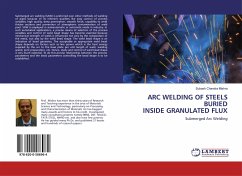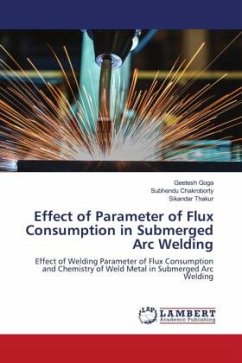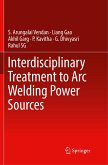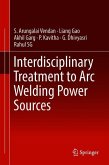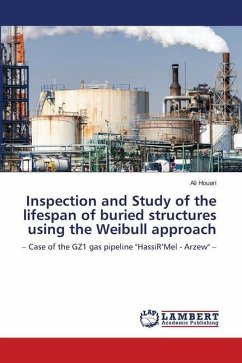Submerged arc welding (SAW) is preferred over other methods of welding of pipes because of its inherent qualities like easy control of process variables, high quality, deep penetration, smooth finish, capability to weld thicker sections and prevention of atmospheric contamination of weld pool. SAW is employed in semiautomatic or automatic mode in industry. In such automated applications, a precise means of selection of the process variables and control of weld bead shape has become essential because mechanical strength of welds is influenced not only by the composition of the metal, but also by the weld bead shape. The weld bead shape is an indication of bead geometry. The acceptable or appropriate weld bead shape depends on factors such as line power which is the heat energy supplied by the arc to the base plate per unit length of weld, welding speed, joint preparation, etc. Hence, study and control of weld bead shape is very much essential. To do this precise relationship between the process parameters and the bead parameters controlling the bead shape is to be established.
Bitte wählen Sie Ihr Anliegen aus.
Rechnungen
Retourenschein anfordern
Bestellstatus
Storno

